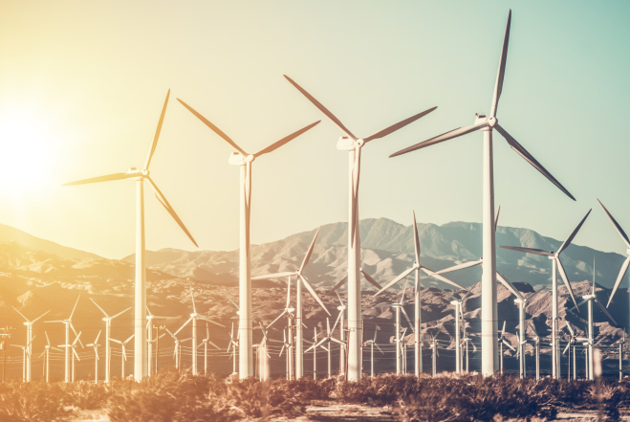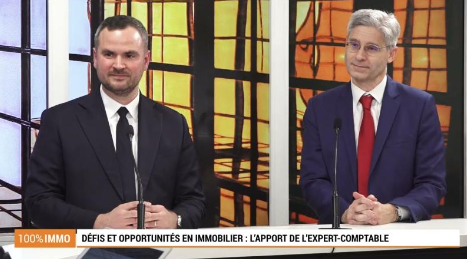Green Recovery Plan

France’s Post Covid Recovery Plan – What’s Inside ?
Part 1 : « Green Recovery Plan »
On September 3, 2020, the French government unveiled the country’s new €100 billion economic stimulus package. The ground breaking recovery plan is designed to « relaunch » the French economy after the economic shock of lockdowns and paralysis caused by the Covid 19 pandemic, and is based long-term investments replacing emergency crisis funding.
Although France is now experiencing its 2nd wave of the pandemic and the French economy is waiting on the relief expected from introduction of a vaccine….the stimulus package is already planning for that future.
This series will look at the three central investment initiatives contained in the recovery plan : 1 « greening the economy », 2 « increasing the competitiveness of the French economy », and 3 « increasing employment ».
Part 1 « Big Green Recovery Plan »
Fully one third of the stimulus package, which amounts to 4% of France’s GDP, is allocated to measures supporting moves toward a « green » economy. It was Bruno Le Maire, French Economy Minister who coined these measures as France’s “big green recovery plan”.
In the government’s words this “ecological transition” and “greening the economy” will focus on the industrial, construction and transport sectors, all of which have been severely impacted by the imposed lockdowns in France and globally.
Key investments by sector :
Industrial : new investments to accelerate a transition away from fossil fuels
- About €9 billion to support the green transition of French industry, aiming to reach carbon neutrality by 2050.
- €3 billion is specifically earmarked for the research and development of green hydrogen technologies
- € 2 billion spaced over two years to go directly to the hydrogen industry (used to store and transport energy created by wind turbines and solar panels), Germany is also simultaneously investing 9 billion euros in this sector by 2030).
Construction : Investments for energy-efficiency renovation programs for private and social housing and public buildings
More than €7 billion has been set aside for improving energy efficiency for :
• public buildings such as schools, universities, town halls and police stations,
• but also for business premises and private homes,
• all subsidies for projects, including improving home insulation or changing to a more energy-efficient boilers, will be available beginning in 2021
Transportation : direct infrastructure investment as well as financial incentives
- Nearly €5 billion will be spent on France’s rail network, with the aim of shifting a significantly greater proportion of freight traffic from road to rail and boosting local lines and night services
- €2 billion being spent on financial incentives for drivers to switch to cleaner automobiles
- €1 billion for measures encouraging cycling, and by building more cycle lanes and subsidizing bike maintenance
Agriculture
In addition, a further €1.5 billion is to be spent on greening the food sector, by developing and encouraging shorter supply chains for produce, and the fishing industry.
Politics of a Green Recovery Plan
In the 2019 European elections, French Greens scored electoral gains as did other ecologist parties in Germany and Ireland. This was followed by further gains in France’s June 2020 municipal elections… after which the French Green Party ( Europe Écologie-Les Verts EELV) won in the major cities Annecy, Grenoble, Besançon, Bordeaux, Lyon, Poitiers and Strasbourg, and were part of winning coalitions in Paris and Marseille.
Highlighting €30 billion of the €100 billion recovery plan as targeted towards « greening the economy » and ecological efforts was a clear political message from the Macron government. « We hear you. »
Partner
International Business Services
Partner
International Business Services
 Alexis Gasto
Alexis Gasto Jean-Laurent Petel
Jean-Laurent Petel

